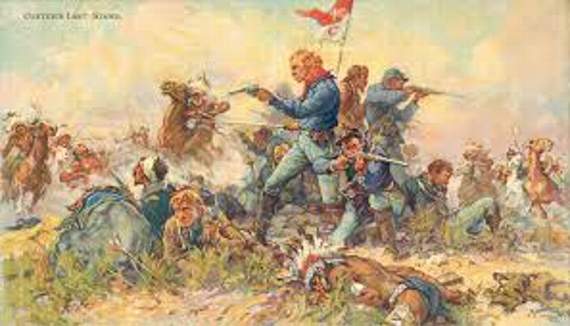THE FAMILY of a soldier with Cardigan connections killed at Custer’s Last Stand went to their graves at Ramah Chapel Cemetery, Bryn Henllan, unaware of his gruesome fate on a distant Montana battlefield, newly-discovered letters have revealed.
Poignant handwritten dispatches Pte (later Sgt) William Batine James sent his brother John Clement James reveal a homesick individual struggling on Seventh US Cavalry army pay and growing increasingly impatient at his younger sibling’s failure to reply.
In his final letter a year before he was among 263 officers, troopers, Indian scouts and civilians killed at the Battle of the Little Bighorn on 25-26 June, 1876, James complains: “I don’t suppose you will write to a Brother in a strange Country so far from home. Out of site [sic] out of mind.”
Discovered among John Clement James’s private papers at Pembrokeshire Archives, the letters shed new light on ‘Yr Unig Cymro’, the only Welshman killed in arguably the most iconic battle in the history of the American West. The papers also reveal executors of John Clement James’s estate were still searching for evidence that his elder brother was alive over thirty years after Lieut Col George Armstrong Custer’s battalion was wiped out by a huge force of Indian warriors.
Because for reasons that remain a mystery, James carefully concealed his five-year enlistment in the United States Army in Chicago on 5 February 1872, datelines of Fort Abraham Lincoln offering the only clue to his military existence.See this week's south editions for the full story, in shops now or online by clicking the Digital Editions tab at the top of the page



.jpeg?width=209&height=140&crop=209:145,smart&quality=75)

Comments
This article has no comments yet. Be the first to leave a comment.